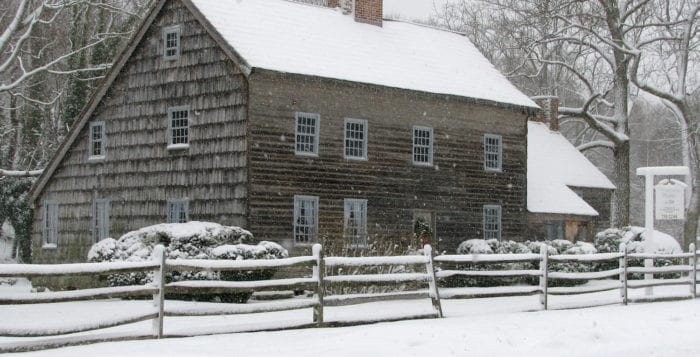By Kevin Redding
Bobby Brooks Wilson spent most of his life not knowing that his father was the famous Detroit singer Jackie Wilson — despite paying tribute to him and performing his songs live on stage for more than a decade.
A Westbury native who was given up for adoption as a baby and raised in a foster home in Columbia, South Carolina, Brooks Wilson always had show business in his blood, although he never took notice of his father’s music growing up. It was the Jackson 5, specifically when they first appeared on “American Bandstand” in 1970, that lit a fire in him.
“I knew in my gut that I could do what Michael Jackson was doing,” he later said. “One of the first things I did was I ran outside and I put up four chairs with brooms and I became the Jackson 5. I made my neighbors pay 5 cents to see me, too.”
 Sadly, although he had the drive and the talent, Brooks Wilson was extremely debilitated by medical problems when he was young. With a bad case of asthma, rickets and intestinal problems, he spent a majority of his childhood in hospitals and in and out of surgeries. By the time he was in his teens, though, his health bounced back.
Sadly, although he had the drive and the talent, Brooks Wilson was extremely debilitated by medical problems when he was young. With a bad case of asthma, rickets and intestinal problems, he spent a majority of his childhood in hospitals and in and out of surgeries. By the time he was in his teens, though, his health bounced back.
After enlisting in the U.S. Navy in the early 1980s, he served for a total of 10 years, a planned military career cut short by medical discharge. It was around this time, while stationed in Hawaii, that he began singing at karaoke bars and ultimately joined a successful vocal group.
By 1995, the singer began transforming himself into his father. Or, as far as he knew until around 2007, the iconic R&B and soul artist nicknamed “Mr. Excitement” he just so happened to look and sound a lot like “Legends in Concert,” a Las Vegas-based celebrity tribute show produced by Paul Revere of Paul Revere and the Raiders.
The show featured live impersonators, from Elvis to Michael Jackson to Madonna to Barbara Streisand, and Brooks Wilson, now a talented singer performing steady gigs as a member of the doo-wop group The Love Notes ― fronted by Peter Hernandez Jr., and featuring his son, a pint-sized Elvis impersonator who grew up to be Bruno Mars ―was drafted into the production by Revere himself after catching a set of theirs, which featured a few Jackie Wilson staples.
Blown away by Brooks Wilson’s likeness to the “Higher and Higher” singer, Revere urged him to embody Jackie Wilson in the shows. The performer initially balked at the offer, saying he “was an artist, not an impersonator,” but after three attempts, Revere got his wish.
 The problem was that Brooks Wilson didn’t know where to begin when it came to paying tribute to a man he didn’t know all that well beyond some hit songs. He didn’t know what he looked like, and there was no easy access to videos at the time to properly emulate his stage persona and style. And so, he didn’t try to mimic him at all. With his natural pompadour grown out, he merely “did Bobby,” which, as pointed out by those around him at the time, was “doing Jackie.”
The problem was that Brooks Wilson didn’t know where to begin when it came to paying tribute to a man he didn’t know all that well beyond some hit songs. He didn’t know what he looked like, and there was no easy access to videos at the time to properly emulate his stage persona and style. And so, he didn’t try to mimic him at all. With his natural pompadour grown out, he merely “did Bobby,” which, as pointed out by those around him at the time, was “doing Jackie.”
The reality of the situation came into focus down the line when Brooks Wilson met members of Motown act the Four Tops backstage after a performance in Atlantic City. Two of them were Jackie Wilson’s cousins, and they couldn’t get over the uncanny likeness.
“They asked me, ‘How did you learn to move like him? How did you learn to wink and stand like him? How did you study him?’” Brooks Wilson said with a laugh. “I said, ‘There’s nothing for me to study. Everything I do is me!’ They said, ‘Everything you do is Jackie … the way you walk, the way you talk, the way you laugh.’ I’ve never tried to impersonate my dad, because I just didn’t know how to!”
The singer was soon connected to more members of Jackie Wilson’s family, who quickly embraced and accepted him, including Billy Davis, Jackie’s cousin who, alongside Motown founder Berry Gordy, wrote his major hits, and would serve as Brooks Wilson’s eventual songwriting mentor.
Upon hearing that Brooks Wilson was in foster care growing up, the family members would ask if he knew who his mother was. He did, having reconnected with her later in life, although a relationship was never formed. But when he mentioned her name, everybody lit up, remembering her well as somebody Jackie Wilson often had around.
“Aretha Franklin told me my parents used to party at her house,” Brooks Wilson said.
A simple blood test later, and the inevitable truth was solidified.
“After I really accepted it, it turned my life around,” he said. “I started carrying the torch for my dad, and I feel sort of like an ambassador for his music.”
 Bobby Brooks Wilson, who will be performing live at Theatre Three in Port Jefferson on Friday, Feb. 8, describes his shows as the ultimate display of himself as an artist, featuring several covers of Motown classics, a special tribute to his father, including stories behind the specific songs he performs, as well as original tunes off his own albums, the most recent entitled “Just About Time.”
Bobby Brooks Wilson, who will be performing live at Theatre Three in Port Jefferson on Friday, Feb. 8, describes his shows as the ultimate display of himself as an artist, featuring several covers of Motown classics, a special tribute to his father, including stories behind the specific songs he performs, as well as original tunes off his own albums, the most recent entitled “Just About Time.”
He will be accompanied by the five-piece Coda Band and backed by Long Island’s own The Chiclettes, the trio tribute to female vocalists from the 1950s through the ’80s.
“What you’re going to see is Bobby Brooks Wilson giving you all he’s got on stage,” the singer said. “And my dad’s going to show himself, you’re going to hear him and you’re going to see him … I feel my dad around me a lot,” a presence, he added, that’s felt by his audience during every show.
“People come up and say, ‘I felt like I was watching Jackie again, I felt like a kid again!’ He is loved to this day by so many people, which is amazing. The joy that they have in their hearts when they come up to me after the show … I just thank God I have the ability, even though I’m just being me, to give these people the joy that they have.”
“I make people happy, I make people forget their troubles,” he continued. “I make people go down memory lane, remember their loved ones. I always hear, ‘When you were singing that song, my husband was sitting next to me’ or ‘my wife was sitting next to me. That was our song.’”
Peter Mastropaolo, musical director at Theatre Three and leader of the Coda Band, worked alongside Brooks Wilson on a cruise ship gig last November, and, as he’s predominantly been a West Coast act, Mastropaolo hopes to make those on the East Coast more aware of him. He doesn’t think it would take long for a crowd here to fall in love with Brooks Wilson.
“He’s an amazing entertainer; nobody ever stays seated when he performs,” Mastropaolo said. “You’ll be on your feet. The excitement is just there and every time he does his thing, people just always want him back.”
Susan Marten, one of the three Chiclettes, a soprano who joined the vocal group two years ago, has been backing Brooks Wilson for about a year and a half. She called the shows “challenging and fun.”
“We were really thrilled when we first found out we’d have the opportunity to be Bobby’s backing singers,” Marten said. “It’s been a really good partnership. He’s just so good at what he does. People should expect a high-energy show that takes them back to a certain time … Bobby is keeping this music alive, and breathing new life into it! Seeing Bobby is a must.”
Theatre Three, 412 Main St., Port Jefferson will present Bobby “Brooks” Wilson in concert with a special performance by The Chiclettes on Friday, Feb. 8 at 8 p.m. All seats are $49. For further information or to order tickets, please call 631-928-9100 or visit www.theatrethree.com.


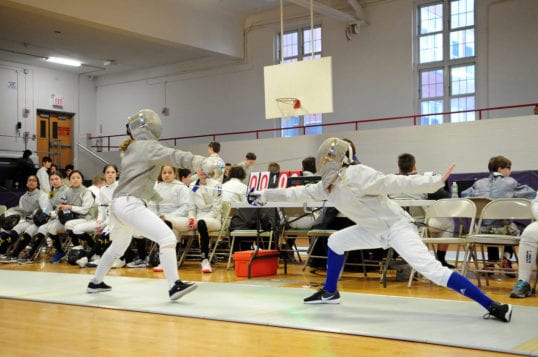

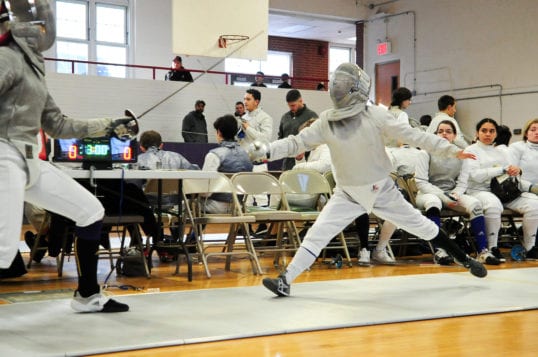



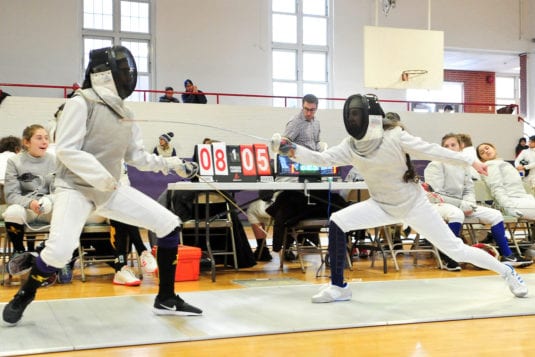





















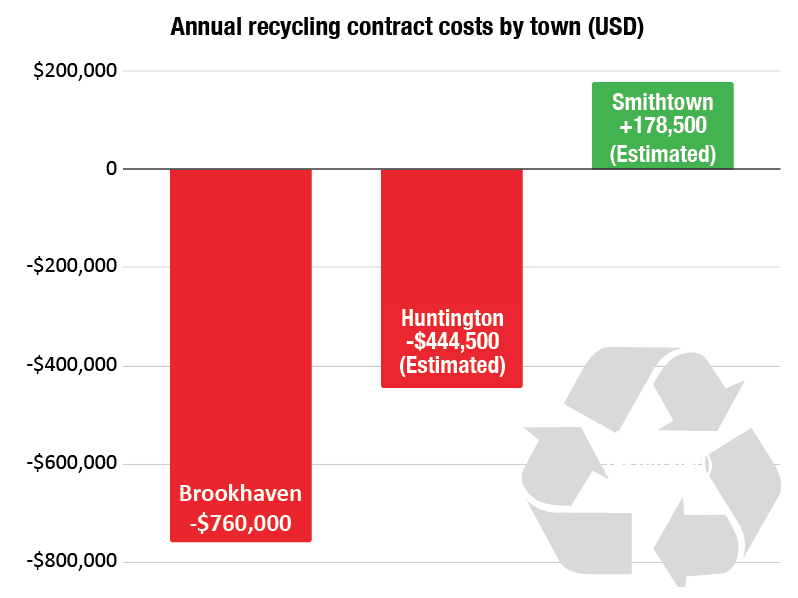



 Jaysun Vodopija of Lake Grove captured these icy images on Jan. 26 at Lake Ronkonkoma, a source of inspiration for many of his photos. He writes, ‘[Saturday] morning the wind was as calm as can be and the air was crisp. Before heading to the lake, I looked out of my bedroom window about one hour before sunrise and noticed clouds overhead but none on the horizon and that was my sign to get moving. In these photos you will see a piece of ice in what appears to be the shape of a dragon. ‘
Jaysun Vodopija of Lake Grove captured these icy images on Jan. 26 at Lake Ronkonkoma, a source of inspiration for many of his photos. He writes, ‘[Saturday] morning the wind was as calm as can be and the air was crisp. Before heading to the lake, I looked out of my bedroom window about one hour before sunrise and noticed clouds overhead but none on the horizon and that was my sign to get moving. In these photos you will see a piece of ice in what appears to be the shape of a dragon. ‘








